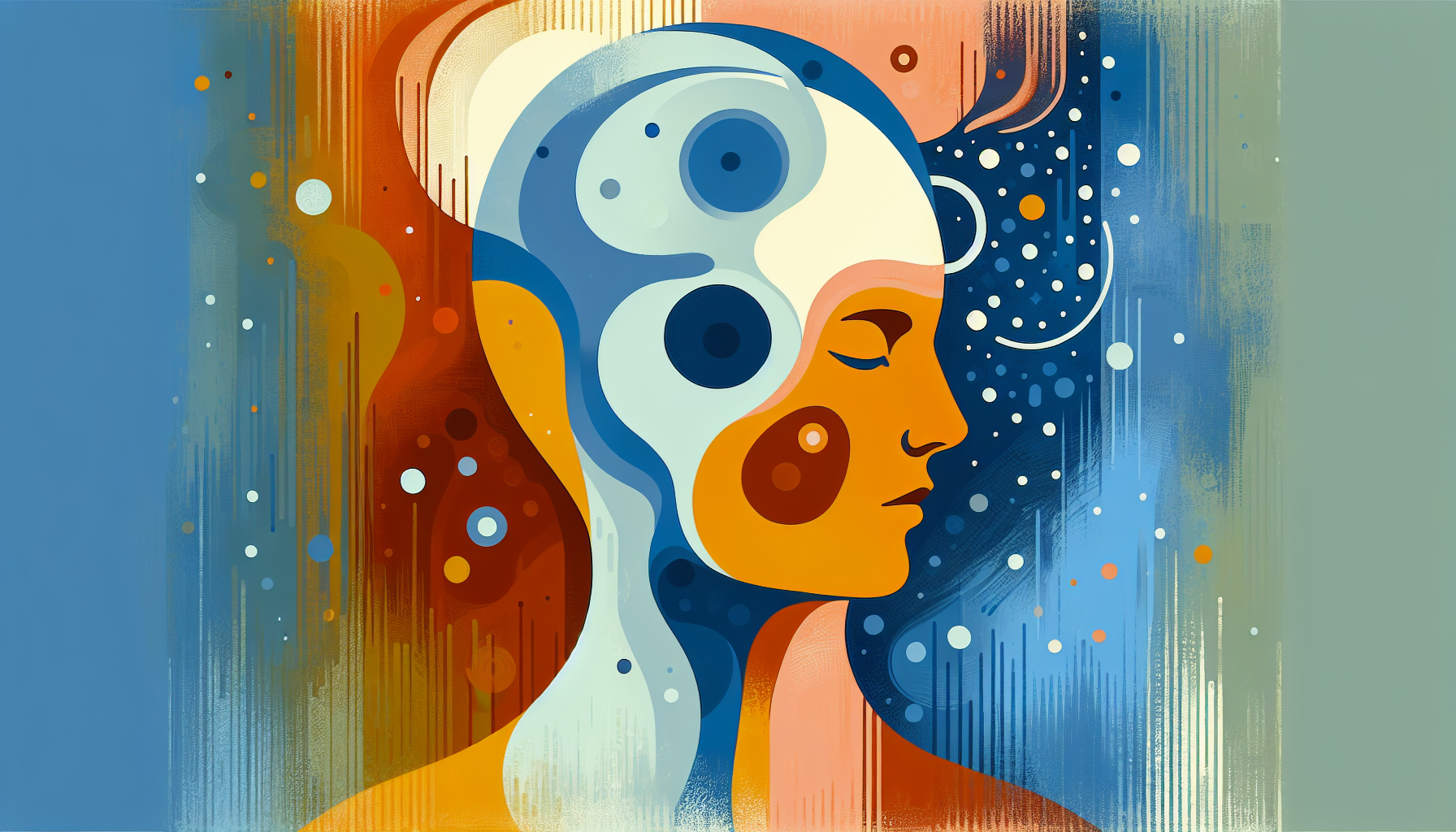Wondering If You Have a Thumb Injury? Here’s How to Check
Thumb injuries can be surprisingly common and often happen during everyday activities—from sports and gardening to simple slips or falls. Because the thumb plays a crucial [...]
Read More
Medically reviewed by Abhijit Bhattacharyya | MD, PhD, MBA, Tufts University School of Medicine - Miami, Florida on January 16th, 2024.
Mad cow disease, also known as bovine spongiform encephalopathy (BSE), is a neurological disease that affects cattle. It is caused by an abnormal version of a protein called a prion, which destroys nervous system tissue in the brain and spinal cord. The disease gets worse over time and is ultimately fatal.
The first cases of BSE were reported in the United Kingdom in the 1970s, with a major outbreak peaking in 1993. Since then, strict control measures have been put in place to prevent the spread of the disease, and cases have significantly decreased worldwide.
In humans, the disease caused by consuming BSE-infected beef is called variant Creutzfeldt-Jakob disease (vCJD). People can contract vCJD by eating beef products containing central nervous system tissue, such as brain and spinal cord, from infected cattle. However, the risk of getting vCJD from eating beef is extremely low, especially in countries with strict control measures.

It is important to note that vCJD is different from classic or sporadic CJD, which has no known cause and occurs worldwide at a rate of one to two cases per million people annually. Classic CJD is not linked to consuming BSE-infected cattle.
The symptoms of vCJD can be divided into early and advanced stages:
Severe depression
Withdrawing from family and friends
Anxiety
Irritability
Insomnia
Loss of coordination (trouble walking, speaking, and balance)
Muscle twitches or spasms
Incontinence and loss of bowel control
Vision loss or blindness
Memory loss and confusion
Loss of appetite
vCJD is fatal, usually within 13 months of the onset of symptoms. In the final stages, patients require constant care and often die from complications such as pneumonia or respiratory failure.
Diagnosing vCJD is challenging, as the only definitive way to confirm the disease is by examining brain tissue, usually after death. However, doctors may suspect vCJD based on a combination of symptoms, medical history, and various tests, including:
MRI scans of the brain
EEG recordings of brain activity
Lumbar puncture to test cerebrospinal fluid
Blood tests
Tonsil biopsy to look for prions found in vCJD
Genetic tests to rule out hereditary prion diseases
Currently, there is no cure or specific treatment for vCJD. Treatment focuses on managing symptoms and providing comfort to the patient. Medications such as antidepressants, sedatives, and painkillers may be used to alleviate vCJD-related symptoms.
The most effective way to prevent vCJD is by controlling and preventing BSE in cattle. Countries have implemented various measures to minimize the risk of BSE transmission, including:
Testing cattle for BSE
Culling sick animals
Banning high-risk materials in animal and human food products
To further reduce the risk of contracting vCJD, individuals can:
Avoid consuming beef in countries where BSE is present
Choose solid cuts of beef, such as steaks, over ground meat products like burgers or sausages
Be aware of potential risks associated with receiving blood transfusions from donors who have spent significant time in countries with higher BSE prevalence
It is important to note that milk and milk products are not believed to pose any risk for transmitting vCJD.
Although vCJD is a serious condition, the risk of contracting vCJD from consuming beef is extremely low, especially in countries with strict control measures in place. By understanding the causes, symptoms, and prevention methods, individuals can make informed decisions about their health and minimize their risk of exposure to these diseases.
For more information on mad cow disease and vCJD, please visit:
Thumb injuries can be surprisingly common and often happen during everyday activities—from sports and gardening to simple slips or falls. Because the thumb plays a crucial [...]
Read MoreAs the warmer months arrive, many people find themselves spending more time outdoors, enjoying parks, gardens, and open fields. However, for some, this seasonal joy comes [...]
Read MoreMany people enjoy ice cream as a delicious treat, especially on warm days or as a comforting dessert. However, some find that eating ice cream triggers an unexpected [...]
Read More